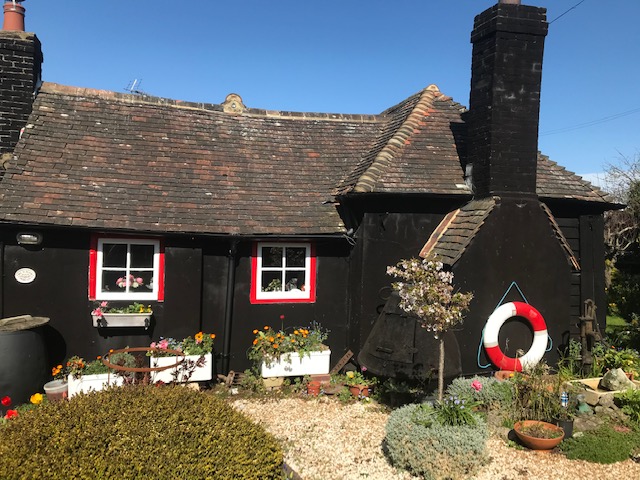Taking a morning lockdown constitutional walk around a deserted Rye I can’t help but be reminded of the smuggling gangs every time I pass the lookout – and see the long exposed expanse of beach and marshland that was so ideal for landing the contraband.
Around the town there are many ancient and fascinating buildings, especially the medieval Landgate, St Mary’s Church and the Ypres tower, and those with smuggling associations include the Mermaid Inn, frequented by the notorious Hawkhurst gang, and the Flushing Inn on Market Street, with an early sixteenth century wall painting and cellars which date from the disastrous French attack of 1377 in which much of Rye was burned.
Walking down towards the river and boatyards, the Ferryman’s Cottage is a reminder that Rye was once virtually an island. There was no bridge linking Rye to the marsh throughout the smuggling years. Instead a ferry ran across to East Guldeford.
From the 1780s until 1927, this was the home of the ferryman who ran the ferry service across the River Rother. The first bridge across the river was built in 1890, and the ferry was the only crossing prior to that. In 1927, the river’s course was altered to reduce the flooding problems, at which point the ferry service (and the cottage) became surplus to requirements.

Ferryman’s Cottage is now occupied by Margaret Houselander, a delightful lady with an impressive display of tulips, who kindly invited me into her garden as I walked past. Careful to observe social distancing, we had a wonderful chat. It brightened my day to meet such an interesting person, knowledgeable and amusing about the past times of Rye. Margaret has lived there, with her late husband, for very many years and her garden is fabulous.
Image Credits: Mags Ivatts .



